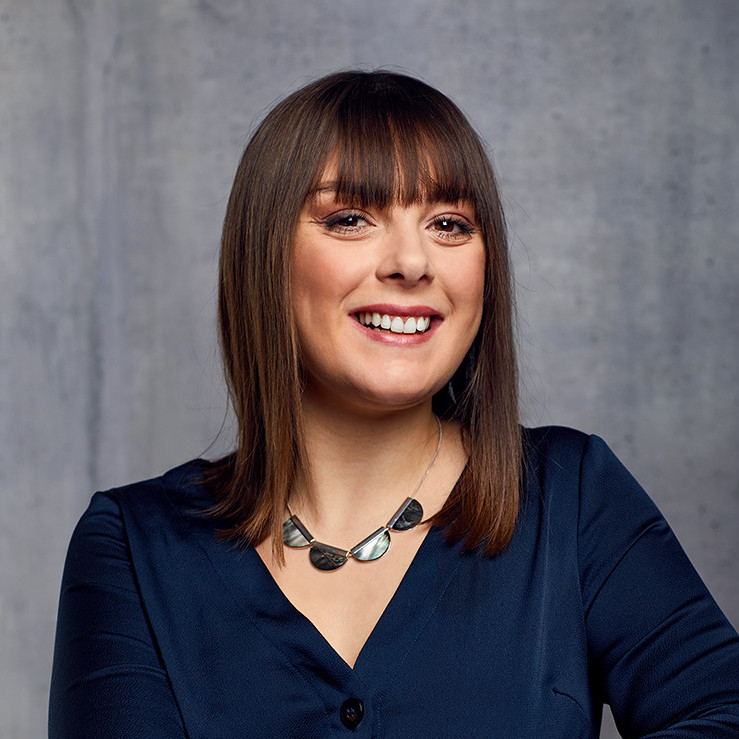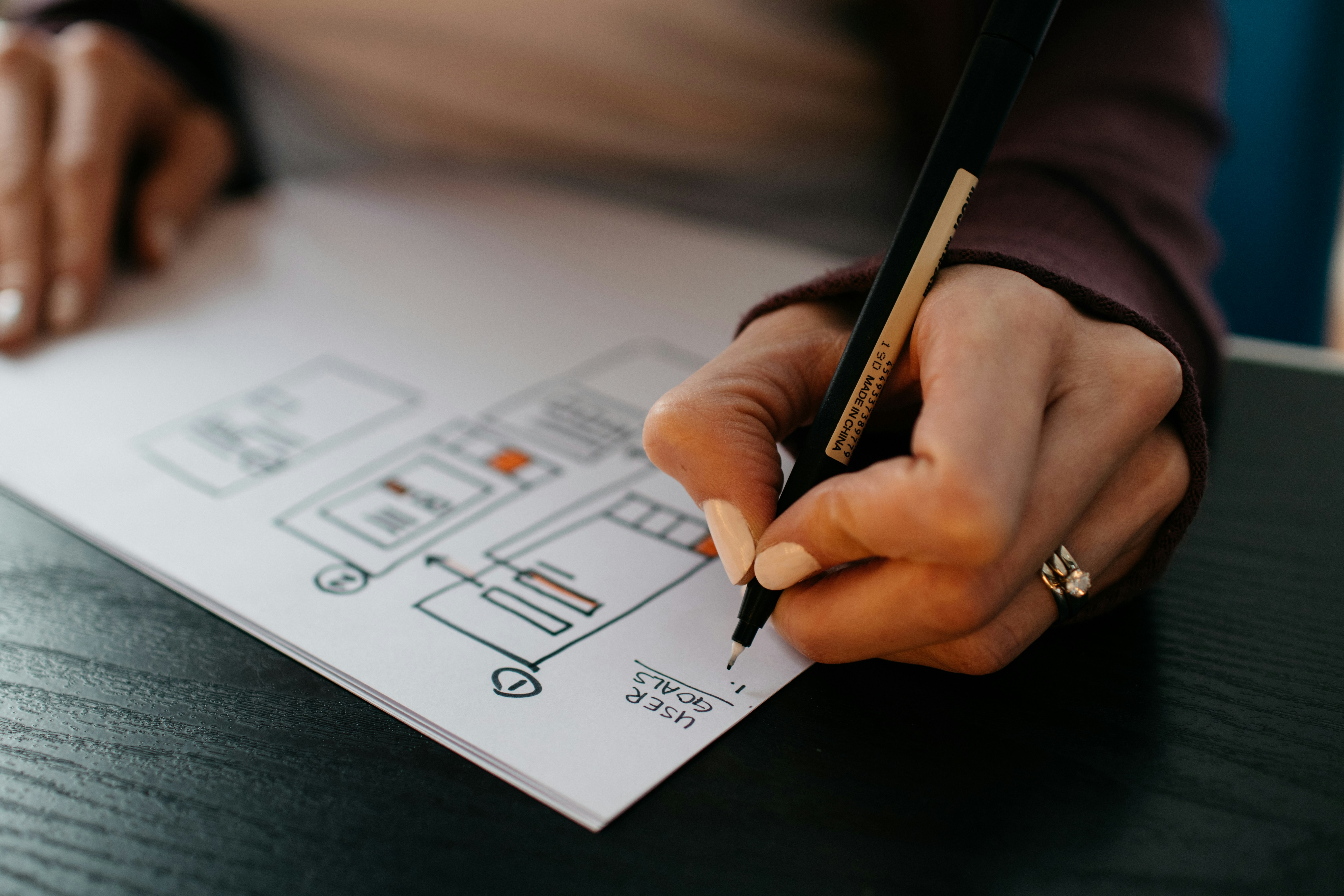Did you just launch your Horizon Europe project? Congratulations! You probably participated in the kick-off meeting, met the project partners in person and online, and received a comprehensive presentation on the project’s expected outcomes. If you are involved in communication and dissemination as a task leader or work package leader then perhaps, you have already prepared a draft plan for the first set of communication activities. But this is the start of a long journey!
Indeed, the first six months after the project’s kick-off meeting are quite intense and stressful for a communication manager. Among the first dissemination and communication tasks, the communication manager will find and reach out to the sister projects and build a constructive and fruitful collaboration with them. This collaboration must be described also in the plan for disseminating and exploiting the project results, including communication actions (a.k.a. the PEDR) that is submitted in M6 as an official deliverable. But what is a sister project?
A sister project
Let’s start from the basics. There is no universal definition of what a sister project is. Usually, it is an EU-funded project that has also received funding under the same topic or programme as the one you applied for, aiming to tackle the same problem and contribute to the call’s expected outcomes.
In certain calls the Commission expects you to join forces with the projects funded under the same topic and form a cluster of projects aiming to achieve very similar goals. Additionally, there are also projects having similar missions, approaching the problem from a different perspective that could be also your sister projects, even if they’re not funded by the EU, but from regional, national or international sources.
Your joint communication and dissemination actions with these projects can really help maximize your outreach capacity which helps maximize your impact.
Why is it essential to build synergies with your sister projects?
Please also be reminded that in the proposal stage, in section 2.2 on measures to maximize your impact, partners are asked to include a list of projects/initiatives you will build on or collaborate with. The project will attempt to build meaningful synergies and engage and disseminate its results to boost the impact on research, innovation and society.
From the research perspective, partners can grab the opportunity to exchange knowledge and research outcomes, discover opportunities in other geographic areas, receive an invitation to contribute to scientific publications, participate jointly in local, EU or international events, and demonstrate their work to a broader audience. From the dissemination and communication perspective, all these joint efforts can help the project reach the proposed KPIs, plan further online/offline communication actions, and create fruitful ground for future collaborations. A good example from our own projects is SPEAR’s final conference where more than 20 sister projects introduced their achievements and the whole community had the chance to share knowledge, experience and build new collaborations.
Also, always remember that during your technical reviews, the reviewers will be happy to acknowledge any project's efforts to create meaningful and impactful collaboration with other projects.
How can you find a sister project?
This is easy! Go to cordis.europa.eu, place the GA number on the search bar (you can find it in your grant agreement), and automatically your project will appear.
In the project description, a couple of links are included. One of them is called “topics”. When you click on it, you will be redirected to a new page where on the right side, you will see a highlighted box called “see all projects funded under this programme or topic”. When you click on it, you will discover a list of projects. These are some of the sister projects you are looking for, the main ones. Another way to find the same list of projects is to go back to the call page, the topic description and scroll down until you see the list of funded projects. And then, check your list of projects in the proposal (section 1.2) and see if there are projects still running. Contact their coordinators, have a discussion, and see what other projects they know about. Your network can give you many potential sister projects to work with.
How can you start a collaboration?
-
When you discover your sister project, reach out by email. Alternatively, the coordinator can get the other coordinator's contact info from the Project Officer.
-
Propose a date/time for the 1st joint meeting – set up a doodle.
-
Make sure that the coordinators are present and available.
-
Do your homework: the project does not have tangible and exploitable results at the beginning. You can start the collaboration by setting up a timeline and marking key days where you can jointly organize online communication activities.
Communication actions with sister projects
-
Newsletter
-
Events (online, face-to-face)
-
Guest blogging
Dissemination actions
-
Contribute to publications
-
Utilise the EU tools (for instance the Horizon Results Booster)
-
Align your projects' annual meeting to facilitate knowledge exchange better
Wrapping up
Clearly, collaboration needs mutual effort and engagement, but it’s an inspiring and creative process! From my experience... also rewarding! Try it out and share with us your learnings or your journey with your sister projects!





